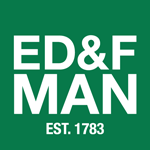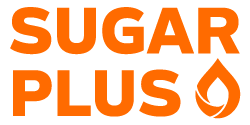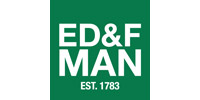
ED&F Man Liquid products Italy promotes and maintains collaborations with public and private, Italian and foreign research institutes to offer increasing expertise to the customer.
Nutritional strategies for reducing environmental emissions from cattle breeding- Liquid_Green_Gas_Solution (LGGS)
The objective of the Plan is to test the effectiveness of a precision nutritional strategy for milk production, which through the use of specially formulated liquid feeds, will: a- reduce atmospheric emissions of methane (CH4) and urinary nitrogen excretion, the precursor of ammonia (NH3) and nitrous oxide (N2O); b- improve the sustainability of dairy cattle farms without changing the characteristics of milk for cheesemaking.
Useful links:
Funding source: PSR 2014-2020 REGIONE EMILIA-ROMAGNA Measure 16.2.01 – Operational groups of the European Partnership for Agricultural Productivity and Sustainability. Total amount of the project: € 193,049.72 -regional contribution allowed: € 135,134.80. Expected duration: 18 months (from 28/09/2022 to 26/03/2024). Focus area: 3A – Improving the competitiveness of primary producers by better integrating them into the agrifood chain through quality schemes, creation of added value for agricultural products, promotion of products in local markets, short supply chains, producer associations and organizations, and interprofessional organizations. Sector: Dairy. Lead partner: ED&F Man Liquid products Italy.
We need energy to reduce emissions
Sugars in Sugar Plus liquid feeds provide an ideal substrate for the growth of ruminal bacteria. Benefiting from this is the feeding efficiency of cows, which is also associated with decreased greenhouse gas production
Animal efficiency and the choice of feed that reaches the feeder are among the key factors to consider when aiming to hit the target of reducing the carbon footprint of livestock farms. Sugar Plus, the ED&F Man brand specializing in the production of liquid feed for ruminants, which has made environmental sustainability one of the core values on which to focus research and resources, knows this well. Starting from the choice of using co-products for liquid feed formulation, to the development of solutions containing diversified sugars, organic acids, minerals, soluble proteins and other additives that can optimize the animals’ forage utilization capacity, improve production performance and finally reduce the climate-changing emissions generated by each cow.
Energy from sugars
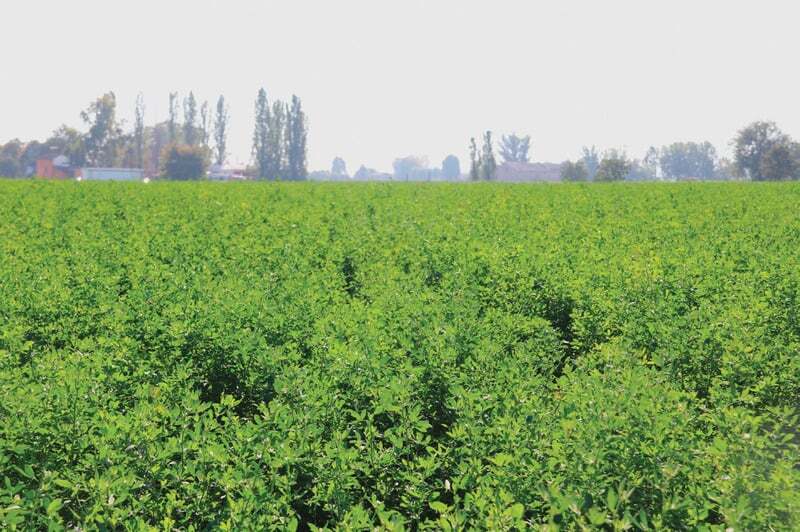
proj-1
The increased availability of microbial protein synthesized using liquid feeds makes it possible to reduce the intake of traditional protein sources, such as soy
Originally studied to improve the palatability of the unifeed ration and limit sorting by animals, liquid feeds are now being used because they can generate even wider benefits. “The sugars and organic acids present in this type of matrices,” explains Andrea Formigoni, professor of nutrition and feeding at the Faculty of Veterinary Medicine at the University of Bologna, “are able to stimulate ruminal bacterial fermentations and therefore increase the degradability of fiber. An interesting aspect, this last one, because it makes possible to improve the utilization of on-farm forages, benefiting economy and sustainability.” But the readily available energy provided by sugars also allows ruminal bacteria to optimize nitrogen capture for microbial protein synthesis. “The greater availability of protein of ruminal origin,” Formigoni adds, “allows us to reformulate diets by reducing the use of those traditional protein sources, such as soy, which have a rather high burden in terms of CO2 equivalents. Not only that, lowering the protein titers of rations is able to improve nitrogen efficiency and thus reduce the share of fecal and urinary nitrogen excretion. An event that favorably affects the attenuation of gases such as ammonia or nitrous oxide released from manure.”
Innovative formulations
And it is precisely with the aim of reducing the emissions generated by animals that Sugar Plus has recently collaborated with the research group of the University of Bologna, led by Professor Formigoni, to study specific liquid formulations with a research project inherent to the Innovation Plan “Food strategies for the reduction of environmental emissions from cattle breeding” carried out with the contribution of the 2014-2020 Psr of the Emilia-Romagna Region (measure 16.2.01, Focus Area 3A). “Thanks to a new instrumentation with which the laboratories of the Department of Veterinary Medical Sciences have been equipped,” our interlocutor continues, “we are able to simulate ruminal processes in vitro and so estimate the effectiveness of liquid feeds that have been formulated and added precisely to reduce methane emissions generated by animals. At the present time, the research has also moved into the in vivo phase at our teaching-experimental barn and, thanks to sensors installed in the milking robots, we will be able to measure the concentration of methane present in the cows’ exhale and thus test the effects of rationing strategies with suitable and useful liquid feeds to limit greenhouse gas production. The field trial is still in progress, but the results obtained in vitro allow us to estimate that the adoption of this new product mixture could allow a mitigation of methane emission for each animal by about 20 percent.”
Circular Economy
The other chapter is that of enhancing a true circular economy, because the liquid feeds branded Sugar Plus are obtained from by-products of the agri-food industry, in particular, sugar and starch. “We have known for some time now,” Formigoni concludes, “that the sugars contained within molasses and sugar syrups can conveniently replace a share of the energy derived from the use of cereals, thus reducing the use of food considered competitive with human nutrition in terms of land and resource use. A commitment, that of the ED&F Man Group, aimed on one hand at efficient utilization of dietary nutrients, and on the other hand at thoughtful choice of ration constituents.
It is the animals that benefit and the environment that is thankful.
Sugar Plus branded liquid feeds when added in rations can optimize the utilization of farm forages
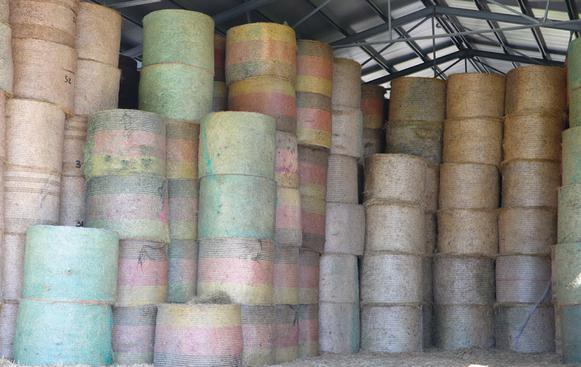
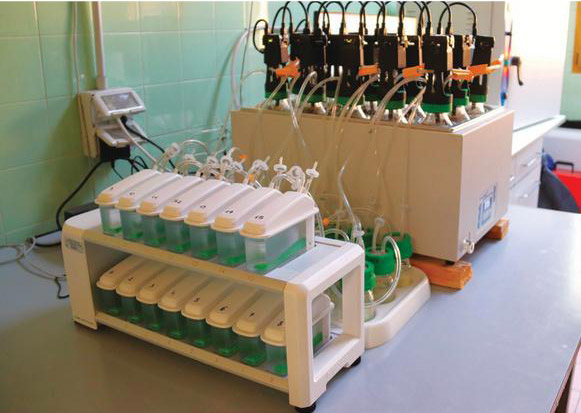
The Gas Endeavour is the instrument used by the University of Bologna research team to measure in vitro the effectiveness of liquid feeds in reducing methane emissions
Taken from Allevatori Top n° 01-2024
Innovative in research, this is where success in combating methane emissions comes from
On the occasion of “Milk the Future – Science” organized by Sugar Plus and held recently at the Tecnopolo of Reggio Emilia, the results of the first, complex experimental studies conducted at the Department of Veterinary Sciences in Bologna were presented with the aim of evaluating the anti-metanigenic action of some liquid feeds for feeding dairy
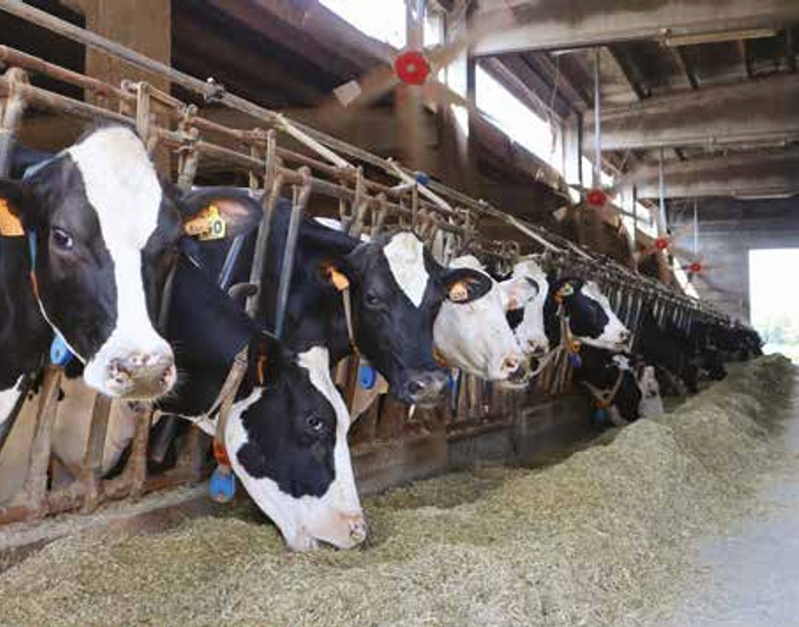
At the opening of the meeting, Paolo Galliussi of Sugar Plus wanted to go over the scientific assumptions that led to the development of “Red-Met”, the innovative liquid feed at the center of the groundbreaking studies conducted by the University of Bologna
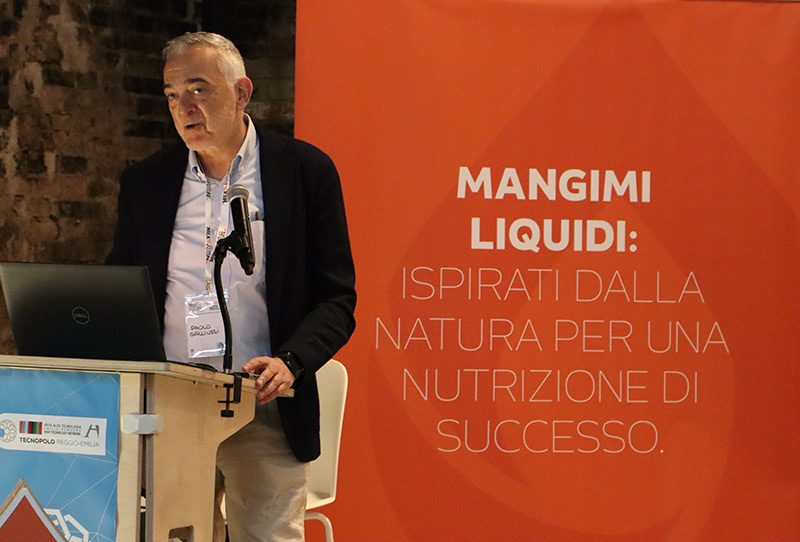
You spend years of your professional life traveling around conferences analyzing far and wide how the dairy cow should be raised, fed and cared for, and one step at a time you become convinced that, in our field, Italian university research can do little to compete with that of the “mythical” and super-funded American campuses. Then one day you go to a meeting on combating methane emissions and discover that when there is finally teamwork and the public collaborates with the private sector, our researchers manage to do egregious things. That’s the very personal lesson I took from the latest appointment with “Milk the Future“, the well-established outreach platform that Sugar Plus wanted to dedicate to the dairy supply chain, and whose 2024 edition took place a few weeks ago at the Tecnopolo of Reggio Emilia. “Milk the Future – Science“: this, actually, is the full name given to the event, which in fact provided two young doctoral students from the Department of Veterinary Sciences of the University of Bologna with the opportunity to present the results of a three-year cycle of scientific studies on the use in dairy cattle of some liquid feeds developed by Sugar Plus, and whose anti-metanigenic action was evaluated. A research project called “Liquid Green Gas Solution” and funded by the Emilia-Romagna Region by means of Psr 2014-2020 (measure 16.2.01).
Sustainable efficiency
In Reggio Emilia, it was Professor Andrea Formigoni, a point of reference for the young research team at the University of Bologna, who effectively framed the complexity of the issue under discussion. First concept: methane gas emission is innate to the ruminant animal, and is therefore an aspect that is “modulable, but not suppressible“. Next, it should be considered that cattle farming has an objectively modest weight on the world’s greenhouse gas production, and countries with advanced animal husbandry, where intensive type of farming is practiced, are less impactful than those where grazing practice prevails. However, it is still convenient for our researchers to deal with methane emissions, first because it is an opportunity to “refine the details” and thus make our production method – and in particular our way of feeding cattle – more efficient, and second because by studying methane we are actually dealing with other emissions as well, and in particular with nitrogen emissions, which in our Po Valley are the number one environmental problem. At the moment, in addition to the possibility of targeted genetic selection, there are multiple dietary and nutritional strategies identified to modulate methane emissions from dairy cattle, but the effects obtained are not always consistent results over time. This is the case with some additives, which are effective in the short term, but then incur an “adaptation” phase by the rumen. In the light of these premises,” Formigoni stressed, “the Liquid Green Gas Solution project wanted to focus on an innovative proposal, “with unexplored effects,” consisting of different mixes of natural additives (including organic acids, salts and tannin mixtures) incorporated within a liquid feed (“Red Met” by Sugar Plus).
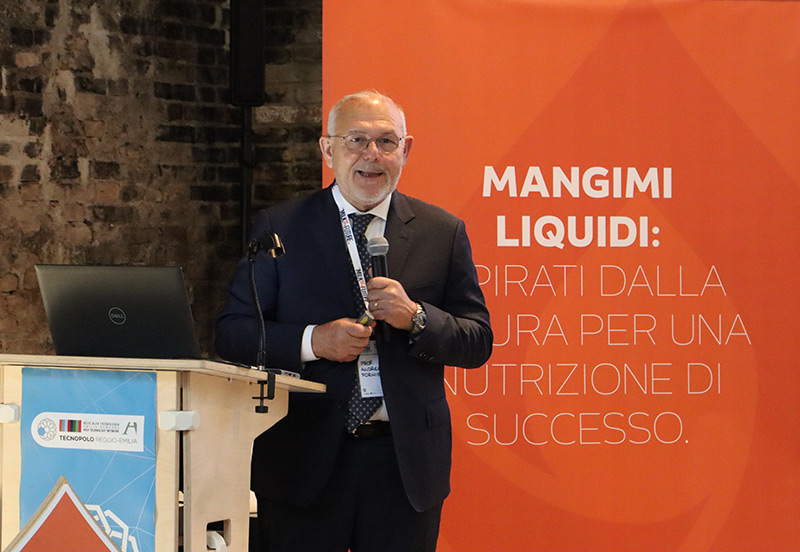
Andrea Formigoni pointed out that it is always worth dealing with methane emissions, as they are spies of the level of business efficiency
Francesca Ghiaccio, a doctoral student at the University of Bologna, presented the results of studies conducted in vitro
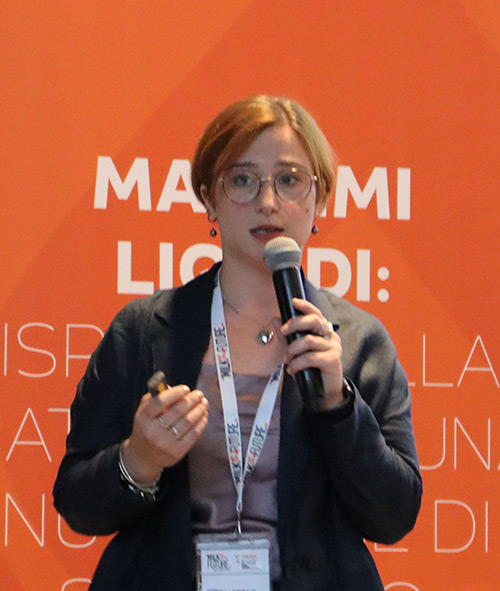
Doctoral student Riccardo Colleluori was tasked with presenting the results of studies conducted in vivo, on cows raised at the University of Bologna’s Teaching Barn
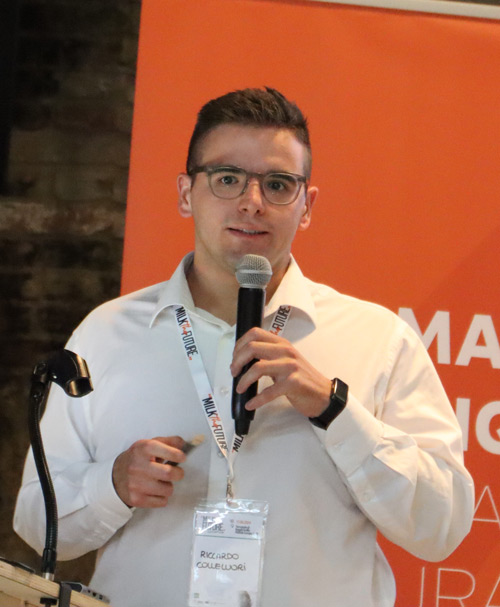
Matter of method
But the other innovative aspect of the project concerns the methodologies used to measure (individual) methane emissions. In fact, as the two young doctoral students from the University of Bologna Francesca Ghiaccio and Riccardo Colleluori pointed out in Reggio Emilia, the “Liquid Green Gas Solution” project was divided into two phases, namely an initial set of “in vitro” experiments that later gave way to “in vivo” tests, conducted on cows raised at the Ozzano (Bo) teaching barn. And while the studies carried out in the laboratory were aimed at selecting the blends to be used in the field (more than 50 ingredients were tested, including nitrates), the barn trials were aimed at evaluating the anti-metanigenic effects under real conditions of three different experimental liquid feeds. Said so, it sounds very simple, but to measure the methane developed in test tubes from ruminal CSF taken by esophageal probe from cows fed either the experimental diet or the control diet, not only was sophisticated and expensive instrumentation, called the “Gas Endeavour System®“, used, but to derive reliable data, a sampling protocol had to be developed (which cows to take CSF from? Better before or after the main meal?), as well as a fermentation protocol (what volumes of CSF should be used? For how many times? What doses of additive should be used? And so on). Similarly, complex instrumentation was used for the in vivo tests – a “sniffer” installed on the automated milking stall, above the feed tray, connected by means of a tube to a measuring panel with sensors for methane and other parameters – but the researchers also had to determine, given the fact that methane emission is a continuous activity, taking place 24/7, which readings should be considered for statistical analysis among the thousands of available data. For this purpose, with the help of AI, researchers have developed a weekly reporting system.
The way is marked
For practical purposes, it is too early to say whether these studies will lead to a feed solution for use in the barn that is effective in cutting methane emissions, has a long-lasting effect and is commercially available. What is certain is that the Liquid Green Gas Solution project has paved the way for new, future experiments aimed at improving the feed efficiency and sustainability of our dairy farms.
This sophisticated instrumentation, called the “Gas Endeavour System®”, was used to measure methane developed in vitro from ruminal CSF taken from cows
The “sniffer” installed in the automated milking stall and used to capture the methane emitted from the cows included in the trial, and the measurement panel with sensors for methane, carbon dioxide, temperature and humidity
Taken from Allevatori TOP n°07/08 – 2024
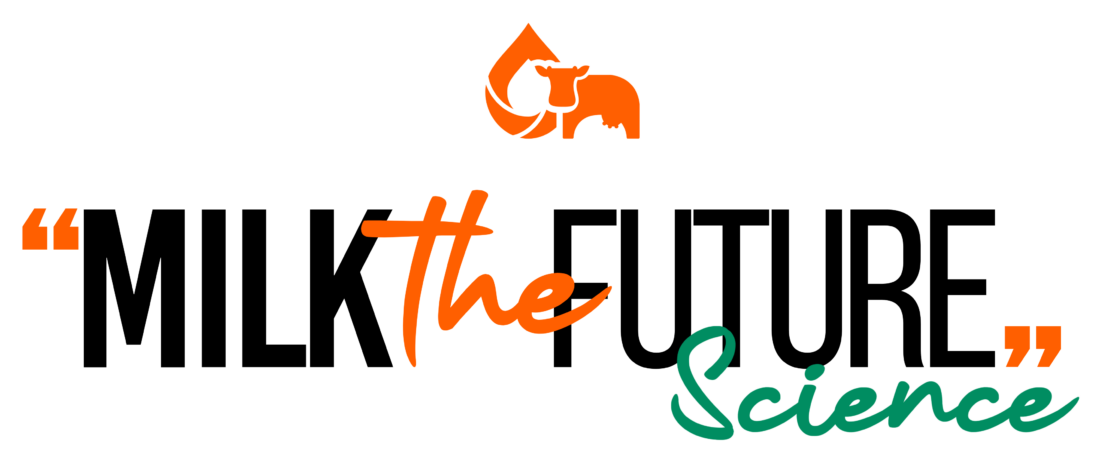
11 June 2024
Tecnopolo of Reggio Emilia
“Research is made up of one step after another, and with each step we face new challenges and problems that we try to solve. To date, we are quite happy with what we have done and the results we have achieved, and we hope to build on it for the future. We trust, for those who are working in the same field, that we can confront each other especially on the issue of methods, as well as on the issue of practical-operational difficulties, because we believe that there is a real possibility in the future of enhancing lower methane production within the farms, but only when we are able to provide accurate and reliable measurement systems. Being able to measure parameters directly, animal by animal, will enable us to kick-start this in a meaningful way.
One of the biggest challenges encountered during this project was managing thousands and thousands of data to be traced back to a single individual to have a final result. This was extremely complex and completely unique; there is no similar script in any bibliography, nor available elsewhere. What resulted was a real artificial intelligence that allows us to have in a few minutes the results of a day or a month of 50, 100 , 1,000 cows that went through milking robots.
This is perhaps one of the most interesting results at the end of the project.
During the study, the use of the RED – MET additive was accompanied by a diet specially formulated to modulate fatty acid intake, and this led us to positive results. Indeed, we believe that the approach to be pursued is to understand what is the best combination of foods and nutrients, evaluated and studied as a whole, to achieve the best possible result in terms of reducing methane emissions.”
Prof. Andrea Formigoni
University of Bologna
